A team of researchers has reduced the size of a laser-based mass spectrometer to optimize its use for future life-detection missions.
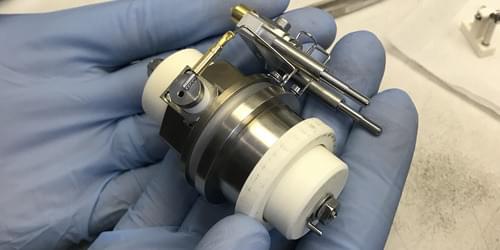

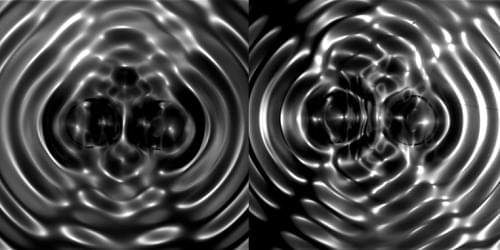
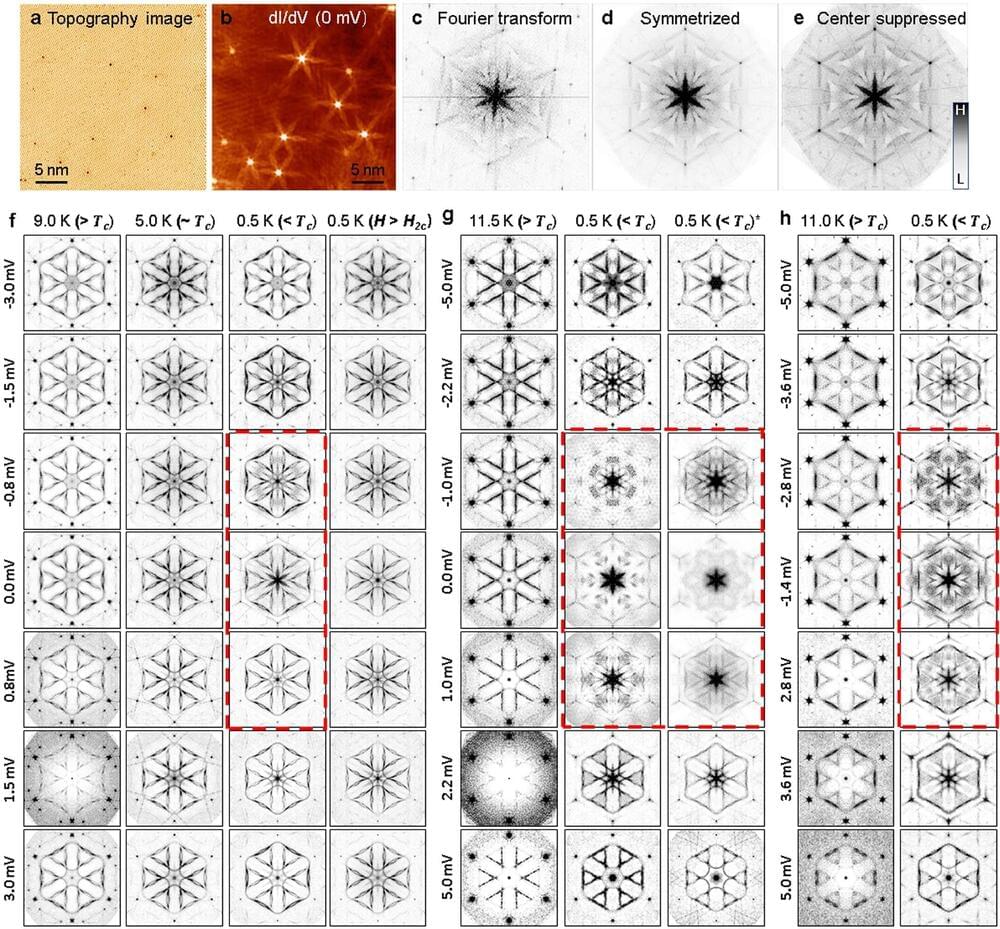
The University of Tennessee’s physicists have led a scientific team that found silicon—a mainstay of the soon-to-be trillion-dollar electronics industry—can host a novel form of superconductivity that could bring rapidly emerging quantum technologies closer to industrial scale production.
The findings are reported in Nature Physics and involve electron theft, time reversal, and a little electronic ambidexterity.
Superconductors conduct electric current without resistance or energy dissipation. Their uses range from powerful electromagnets for particle accelerators and medical MRI devices to ultrasensitive magnetic sensors to quantum computers. Superconductivity is a spectacular display of quantum mechanics in action on a macroscopic scale. It all comes down to the electrons.

A certain amount of noise is inherent in any quantum system. For instance, when researchers want to read information from a quantum computer, which harnesses quantum mechanical phenomena to solve certain problems too complex for classical computers, the same quantum mechanics also imparts a minimum level of unavoidable error that limits the accuracy of the measurements.
Scientists can effectively get around this limitation by using “parametric” amplification to “squeeze” the noise—a quantum phenomenon that decreases the noise affecting one variable while increasing the noise that affects its conjugate partner. While the total amount of noise remains the same, it is effectively redistributed. Researchers can then make more accurate measurements by looking only at the lower-noise variable.
A team of researchers from MIT and elsewhere has now developed a new superconducting parametric amplifier that operates with the gain of previous narrowband squeezers while achieving quantum squeezing over much larger bandwidths. Their work is the first to demonstrate squeezing over a broad frequency bandwidth of up to 1.75 gigahertz while maintaining a high degree of squeezing (selective noise reduction). In comparison, previous microwave parametric amplifiers generally achieved bandwidths of only 100 megahertz or less.
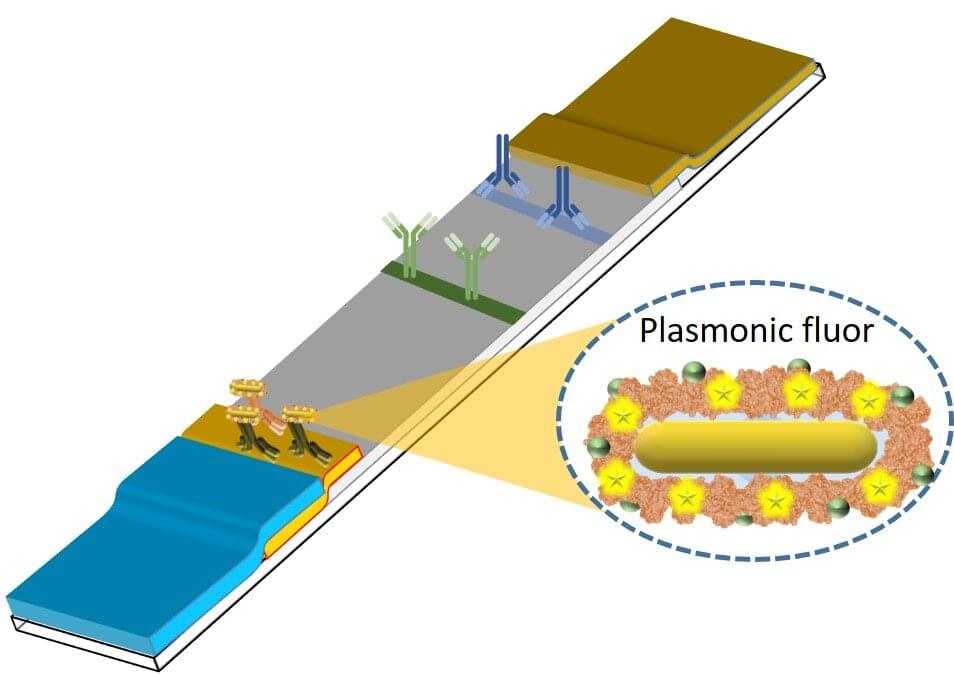
When Srikanth Singamaneni and Guy Genin, both professors of mechanical engineering and materials science at the McKelvey School of Engineering at Washington University in St. Louis, established a new collaboration with researchers from the School of Medicine in late 2019, they didn’t know the landscape of infectious disease research was about to shift dramatically. In a conference room overlooking Forest Park on a beautiful fall day, the team had one goal in mind: tackle the biggest infectious disease problem facing the world right then.
“Srikanth and I had a vision of a simple, quantitative diagnostic tool, so we connected with infectious disease physicians here at WashU and asked them, ‘What are the most important questions that could be answered if you could get really detailed information cheaply at the point of care?’” said Genin, the Harold and Kathleen Faught Professor of Mechanical Engineering.
“Greg Storch told us that one of the most important challenges facing the field of infectious disease is finding a way to figure out quickly if a patient has a bacterial infection and should get antibiotics or has a viral infection, for which antibiotics will not be effective.”

In a new Nature Energy study, engineers report progress toward lithium-metal batteries that charge quickly—as fast as an hour. This fast charging is thanks to lithium metal crystals that can be seeded and grown—quickly and uniformly—on a surprising surface. The trick is to use a crystal growing surface that lithium officially doesn’t “like.” From these seed crystals grow dense layers of uniform lithium metal. Uniform layers of lithium metal are of great interest to battery researchers because they lack battery-performance-degrading spikes called dendrites. The formation of these dendrites in battery anodes is a longstanding roadblock to fast-charging ultra-energy-dense lithium-metal batteries.
This new approach, led by University of California San Diego engineers, enables charging of lithium-metal batteries in about an hour, a speed that is competitive against today’s lithium-ion batteries. The UC San Diego engineers, in collaboration with UC Irvine imaging researchers, published this advance aimed at developing fast-charging lithium-metal batteries on Feb. 9, 2023, in Nature Energy.
To grow lithium metal crystals, the researchers replaced the ubiquitous copper surfaces on the negative side (the anode) of lithium-metal batteries with a lithiophobic nanocomposite surface made of lithium fluoride (LiF) and iron (Fe). Using this lithiophobic surface for lithium deposition, lithium crystal seeds formed, and from these seeds grew dense lithium layers—even at high charging rates. The result was long-cycle-life lithium-metal batteries that can be charged quickly.
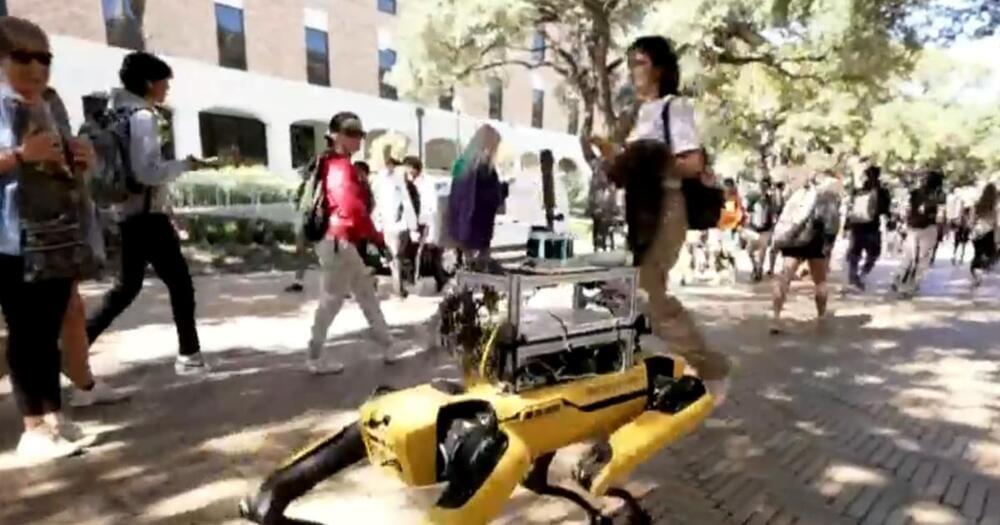

Last month, the Federal Reserve rejected crypto bank Custodia’s application to join its ranks, casting doubt over whether the Office of the Comptroller of the Currency will give final approval to crypto companies Protego and Paxos’ applications for national trust bank charters.
“The U.S. government is using the banking sector to organize a sophisticated, widespread crackdown against the crypto industry,” Carter wrote.
“And the administration’s efforts are no secret: they’re expressed plainly in memos, regulatory guidance, and blog posts. However, the breadth of this plan—spanning virtually every financial regulator—as well as its highly coordinated nature, has even the most steely-eyed crypto veterans nervous that crypto businesses might end up completely unbanked, stablecoins may be stranded and unable to manage flows in and out of crypto, and exchanges might be shut off from the banking system entirely.”

If your image of nuclear power is giant, cylindrical concrete cooling towers pouring out steam on a site that takes up hundreds of acres of land, soon there will be an alternative: tiny nuclear reactors that produce only one-hundredth the electricity and can even be delivered on a truck.
Small but meaningful amounts of electricity — nearly enough to run a small campus, a hospital or a military complex, for example — will pulse from a new generation of micronuclear reactors. Now, some universities are taking interest.
“What we see is these advanced reactor technologies having a real future in decarbonizing the energy landscape in the U.S. and around the world,” said Caleb Brooks, a nuclear engineering professor at the University of Illinois at Urbana-Champaign.

Google’s wannabe rival to ChatGPT is off to a shaky start after its launch video featured a glaring error about the JWST and exoplanets. As a result of the blunderin parent company Alphabet plunged by around $100 billion on Wednesday.
In a promo video posted on Wednesday, Googles’s new artificial intelligence (AI) chatbot, Bard, was asked to describe the discoveries made by JWST to a nine-year-old child. It replied that it was the first telescope to ever take pictures of a planet outside of the Solar System.
Unfortunately, however, that is not true.